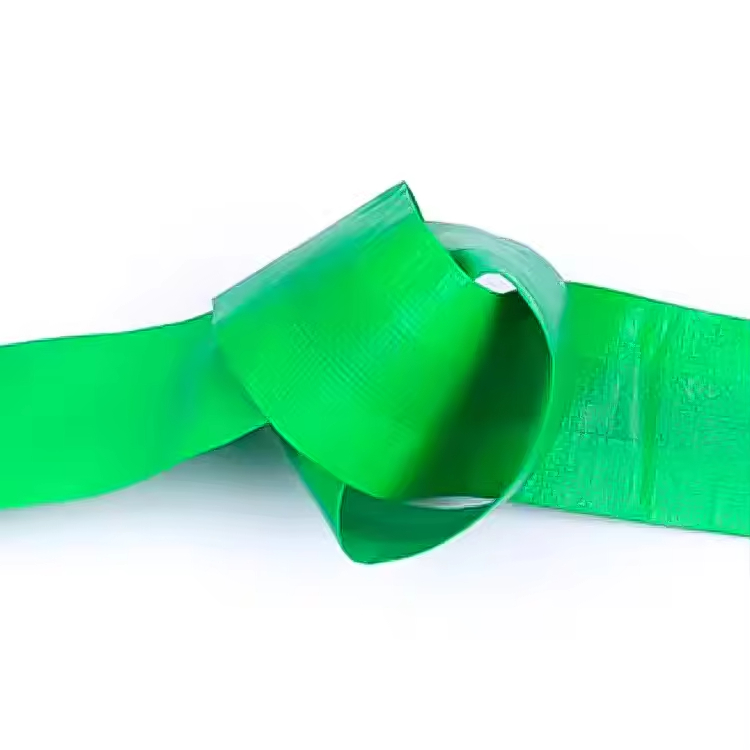

In recent years, with technological advancements, firefighting equipment has been continuously upgraded. Among these advancements, PE braided hose has emerged as a new high-performance material, gradually replacing traditional rubber and PVC hoses to become the mainstream choice in the market.
PE (polyethylene) braided hose is made from high-quality polyethylene material and crafted through high-strength braiding techniques. It showcases several remarkable advantages during use, making it widely utilized in firefighting, agricultural irrigation, construction, and other fields.
Firstly, PE braided hose possesses extremely high wear resistance. Traditional rubber and PVC hoses are prone to wear and tear during frequent use and handling. However, due to the high-strength polyethylene fibers used in PE braided hose, its wear resistance is significantly enhanced, resulting in a longer lifespan.
Secondly, PE braided hose exhibits excellent corrosion resistance. Firefighting environments are often complex and variable, with hoses frequently exposed to various chemicals. The PE material itself has strong chemical corrosion resistance, allowing it to be used in acidic and alkaline environments for extended periods without damage, ensuring the hose's reliability and safety.
In addition, PE braided hose is lightweight, making it easy to carry and use. Compared to traditional hoses, PE braided hose is lighter in weight for the same length and diameter. This not only reduces the burden on firefighters but also improves work efficiency. The lightweight nature makes it more flexible in emergency rescues, allowing for rapid deployment and retrieval.
PE braided hose also has excellent pressure resistance. Under the impact of high-pressure water flow, PE braided hose can maintain a stable shape, preventing deformation or rupture, ensuring a smooth water supply during firefighting operations.
Lastly, PE braided hose is relatively cost-effective. Although the initial investment might be slightly higher than traditional hoses, its long lifespan and low maintenance costs make it more economical in the long run.